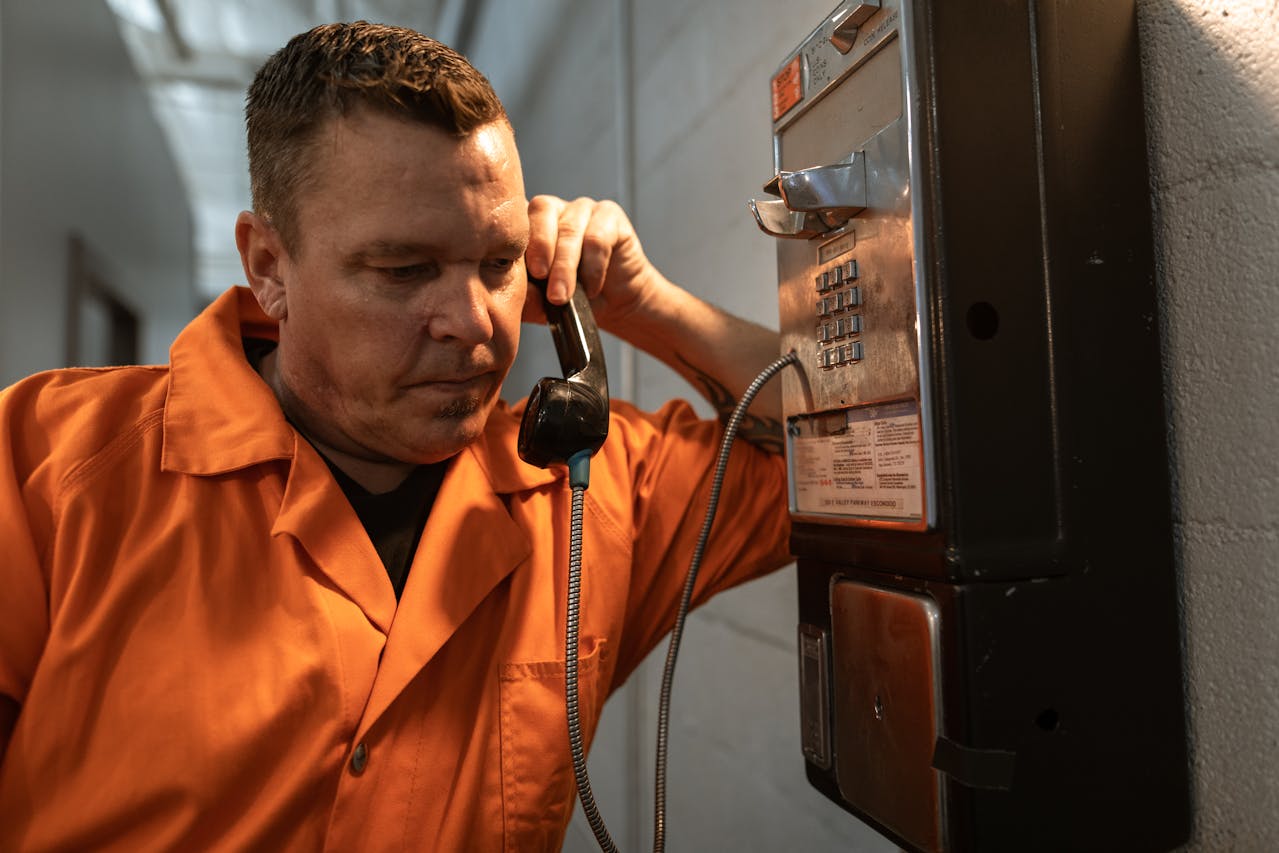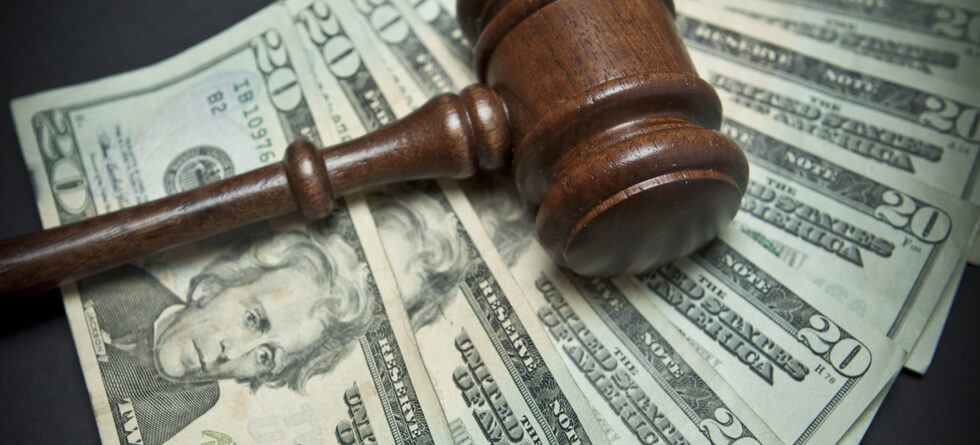After an indictment, several procedural steps and legal proceedings follow, leading up to a trial or resolution of the case.
Here’s a detailed outline of the steps typically involved after an indictment…
Arraignment
- Initial Appearance – The defendant appears in court to hear the charges formally read and to enter a plea (guilty, not guilty, or no contest).
- Bail Hearing – The court may revisit bail and conditions of release, considering the new indictment.
Pretrial Motions and Hearings
- Motions to Dismiss – The defense may file motions to dismiss the indictment based on legal deficiencies or procedural issues.
- Motions to Suppress Evidence – The defense may file motions to exclude certain evidence from being presented at trial, often based on claims of illegal search and seizure or other constitutional violations.
- Discovery – Both the prosecution and defense exchange evidence, witness lists, and other information relevant to the case.
- Pretrial Conferences – The court may hold conferences to discuss the progress of the case, hear motions, and address any other pretrial issues.
Plea Bargaining
- Negotiations – The defense and prosecution may negotiate a plea deal, where the defendant agrees to plead guilty to a lesser charge or to the original charge in exchange for a more lenient sentence.
- Plea Agreement – If a plea agreement is reached, the defendant will formally enter a guilty plea in court, and the judge will determine the sentence based on the agreement.
Trial Preparation
- Jury Selection – If the case proceeds to trial, both sides will participate in selecting a jury through the process of voir dire.
- Trial Motions –Additional motions may be filed, such as motions in limine to determine what evidence will be admissible at trial.
- Witness Preparation – Both sides prepare their witnesses for testimony, including expert witnesses if applicable.
Trial
- Opening Statements – Both the prosecution and defense present their opening statements to outline their case to the jury.
- Presentation of Evidence – The prosecution presents its case first, followed by the defense. Both sides can call witnesses and present evidence.
- Cross-Examination – Each side has the opportunity to cross-examine the other side’s witnesses.
- Closing Arguments: –After all evidence is presented, both sides make their closing arguments to the jury, summarizing their case and key points.
- Jury Deliberation – The jury deliberates to reach a verdict of guilty or not guilty on each charge.
- Verdict – The jury announces its verdict in court.
Post-Trial Proceedings
- Sentencing – If the defendant is found guilty, the court will schedule a sentencing hearing where the judge imposes a sentence based on the nature of the crime, the defendant’s criminal history, and other relevant factors.
- Post-Trial Motions – The defense may file motions for a new trial or to set aside the verdict based on alleged errors during the trial.
- Appeals – The defendant has the right to appeal the conviction or sentence to a higher court, challenging legal errors that may have affected the trial’s outcome.
The process following an indictment involves several stages, starting with an arraignment and potentially leading to pretrial motions, plea bargaining, and a trial. If the case goes to trial, it proceeds through jury selection, presentation of evidence, and closing arguments, culminating in a verdict. If the defendant is found guilty, sentencing and post-trial motions follow, with the possibility of appeals. Each step is crucial to ensuring the defendant’s rights are protected and that the legal process is conducted fairly and thoroughly.





